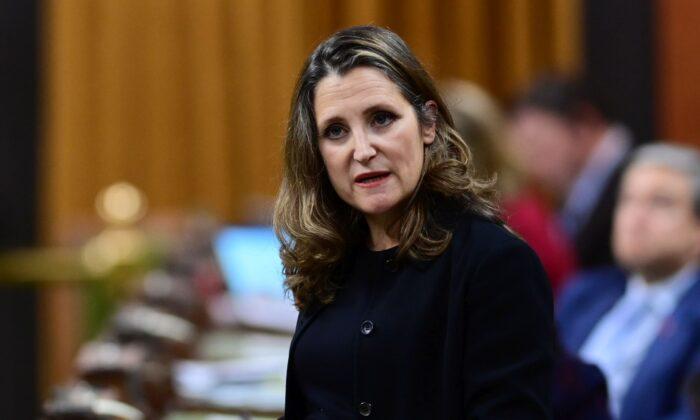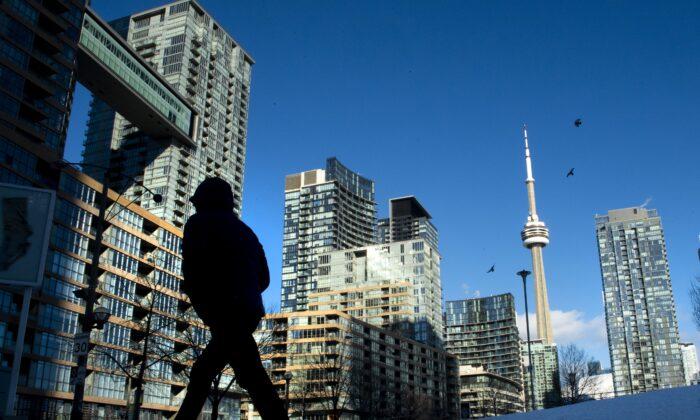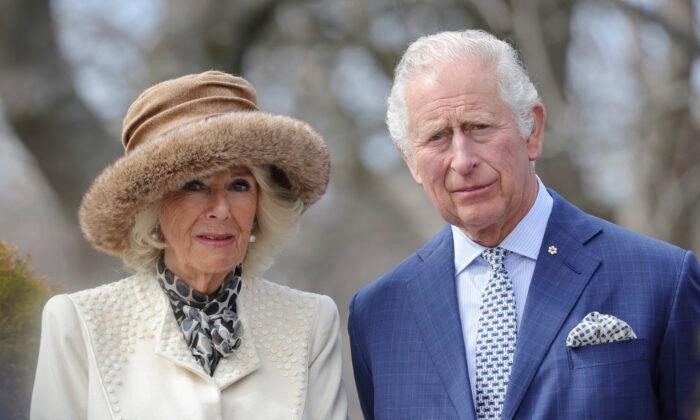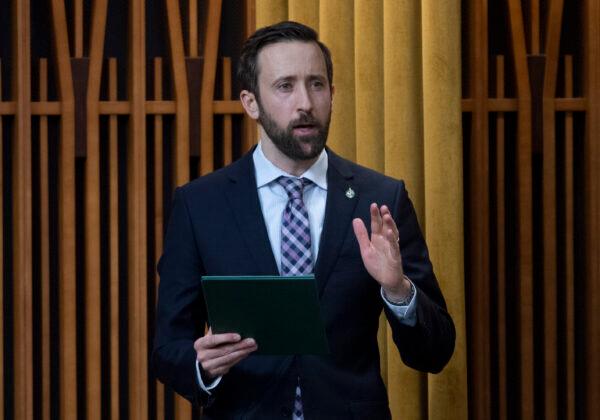Moreover, based on the growth of government in relation to per-person spending and the size of the economy, further excessive expansion of government post-COVID could impede prosperity for Canadians and their families and slow economic growth, the report found.
Fraser Institute economists Jake Fuss and Nathanial Li note in their report that the increased spending actually began before the pandemic, with per-person spending jumping from $8,063 to $9,500 between 2015 and 2019.
“This means the Trudeau government increased real per-person federal government spending by nearly 18 percent during its first term in office, and before any recession,” they write.
They conclude that federal spending as a share of the economy increased from 14.5 percent to 16.2 percent between 2015 and 2019, and government spending at all levels increased to 41.2 percent of the economy in 2019.
The report says research shows that the size of government has a bearing on economic growth.
“Excessively large government usually entails government becoming active in ways that are counterproductive to economic growth. For instance, by redistributing income from certain groups to others, and favouring certain industries and sectors of the economy through corporate welfare and protectionism, the government will likely help slow economic growth,” Fuss and Li write.
“For these reasons, increasing the size of government between 2016 and 2019 did not produce better results for the Canadian economy. Instead, the Trudeau government oversaw weak performance for income growth, labour markets, and business investment—which are all critical to economic growth and social progress.”
Looking ahead, the report projects that per-person spending will reach $17,091, which is approximately double the amount spent during the 2009 recession and at the peak of World War II.
According to Lakehead University economist Livio Di Matteo, keeping spending between 24 percent and 32 percent of the economy creates the best prospects for economic growth. He says the issue of spending and government expansion needs to be central to the political discussion.
“The increase in spending to deal with the pandemic was necessary, but the question is whether or not it will result in a longer-term transformation of the role of government and a permanent increase in public-sector size. Canada went into the pandemic with a total government expenditure-to-GDP ratio of about 41 percent,” he said in an interview.
“For 2020, the estimates are that it hit 57 percent, and this was accomplished via deficit financing. For it to remain at such levels will either lead to more deficit financing/debt acquisition or increases in the tax revenue-to-GDP ratio,” Di Matteo explains.
“The pandemic is a short-term shock, and a permanent increase in the government expenditure-to-GDP ratio needs to be discussed and decided in an election, as it will inevitably entail tax increases.”
In December 2020, Prime Minister Justin Trudeau announced a “historic and appropriate” spending plan that would amount to $100 billion in stimulus, representing 3 to 4 percent of GDP, in order for Canada to “build back better” in the years following the COVID crisis.
Ahead of the budget scheduled for April 19, which will delve into the details of how the government will spend its finances, the deficit is now projected to be at around $381.6 billion for the 2020–2021 fiscal year because of the spending in response to the pandemic and the ongoing economic crisis.
Di Matteo says any new programs introduced as a result of the pandemic could mean the downsizing of other programs as well as increased taxes.
“If the pandemic is used as an opportunity to bring in new programs, then sustainability requires that either other programs need to be downsized or that eventually there will be new taxes or increases of existing taxes given that not only will there be new spending obligations but also higher debt service costs on the much-expanded net debt,” he says.
“The government needs to help but it will be of no help at all if it loses control of the public finances. The lesson from history is that the road to debt and fiscal crisis is often paved with good intentions that are subsequently overwhelmed by external economic forces—like rising interest rates or inflation.”





